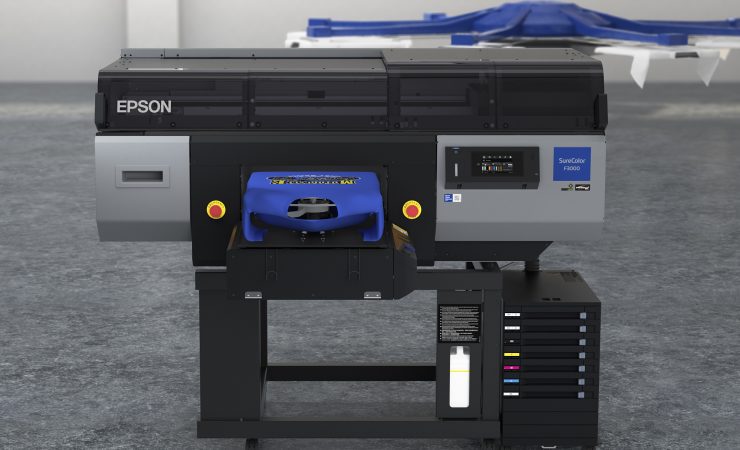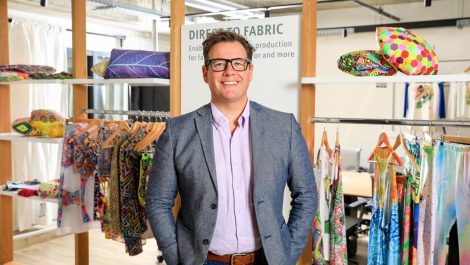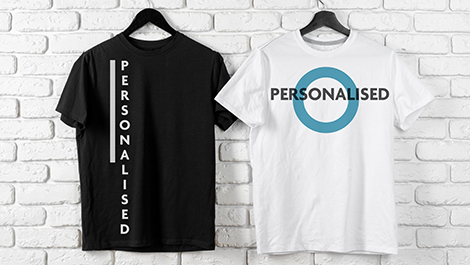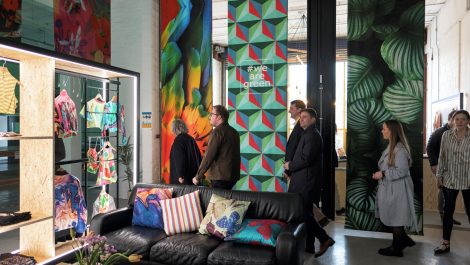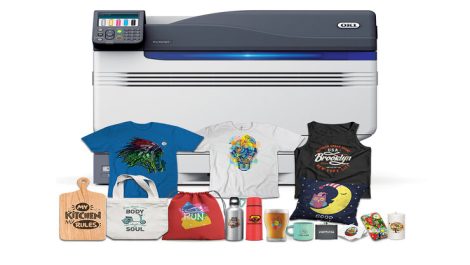In this brand new blog Phil McMullin, pro graphics sales aanager at Epson UK, looks at how Covid has changed the face of the digitally printed textiles market.
The pandemic forced brands and buyers to rethink they way they fundamentally operate. Long established norms no longer apply as e-commerce increasingly becomes the go-to route to purchase.
To adapt to the immediate change in the marketplace demanded innovative thinking and bold decision making.
For some it provided them with the opportunity to accelerate plans already in motion. For others it was the driver to explore fresh ideas.
Nike, Ralph Lauren, Vera Bradley and Shutterfly/Spoonflower are among the creative brands that have redefined their approach.
They have investigated how they can utilise digital print technology to drive new business growth according to The Future of Digital Textile Printing to 2026, the latest market study from Smithers. With regular retail closed, these fashion brands invested in online businesses based on the flexibility digital inkjet printing allows.
Amazon has also committed to supporting further diversification of its online business with a $400 million spend on digital textile equipment.
It will be no surprise then that the Smithers’ research states demand for digitally printed textiles is rebounding strongly in 2021 and set for accelerated growth over the next five years.
By 2022 the sector will have recovered all of the sales it lost in 2020 due to the impact of the pandemic. By 2026 digital textile printed volume will increase 13.9% CAGR to 5.531 million square meters from 2.89 billion square metres in 2021. This will encourage sales in dedicated inkjet textile presses to pass the €1 billion per year mark in 2026.
These opportunities for diversification and growth are made possible by digital textile print technology that delivers:
- Design creativity and customised fabrics,
- Production responsiveness for short print runs,
- Order flexibility with e-commerce and quick reordering capabilities,
- Sustainable manufacturing with print on demand and reshoring supply chains.
The pandemic has accelerated interest in the opportunities these capabilities and encouraged exploration of what the new generation of direct to fabric systems can deliver.
Solutions such as the popular, versatile Epson SureColor F3000 that combines high levels of accuracy and a low total cost of ownership for mid/large garment and t-shirt production companies and the fast, high-volume Epson SureColour F10000 dye sublimation printer.

